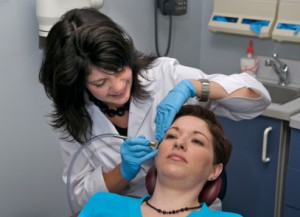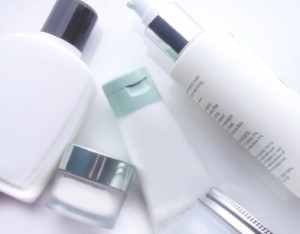Looking for the best quality peels at the lowest prices? Simply click here!
TCA skin peels have been used for over one hundred years to reduce the appearance of fine lines, wrinkles, blemishes and scarring. TCA, or trichloroacetic acid, is used in combination with other acids to remove the skin’s surface layers. The new skin that grows after the TCA peel is firmer, smoother and more even in tone. Learn more about the TCA skin peel solutions and their ingredients.
Other Acids Used in Combination TCA Peels
TCA, or trichloroacetic acid, isn’t the only ingredient used in many TCA skin peels. Early TCA peels were 50% TCA, a strong concentration that proved to carry too much risk of scarring and disfigurement. Modern solutions typically contain no more than 35% TCA. Many TCA skin peel solutions, especially those designed for use at home, contain much less TCA, usually 8 to 12%.
TCA peel solutions often contain many of the gentler acids used in mild skin peels. Glycolic acid is often used in TCA skin peels. CO2, or dry ice, may be used in TCA peels. Jessner’s solution, which contains lactic acid, salicylic acid and resorcinol, is also often combined with TCA for a more effective medium skin peel. Dermatologists might perform a mild peel with AHAs, salicylic acid, glycolic acid or pyruvic acid before performing a TCA peel, just to make the TCA skin peel more effective.
How Combination TCA Skin Peels are Performed
Rather than mixing all of these acids together into one solution, combination TCA skin peels are usually applied in layers. Your dermatologist will typically apply the gentler acid first. Glycolic acid, salicylic acid, or lactic acid may be allowed to penetrate your skin for up to two minutes before your dermatologist neutralizes the acid with water. Once the gentler acid has been neutralized, your dermatologist will apply a TCA solution to your skin.
If you receive a deeper peel using CO2 or Jessner’s solution, the procedure might be somewhat different. Your dermatologist will rub CO2 onto your skin, then wipe it off with a dry cloth before applying TCA. This allows for a very deep peel.
Because applying water to the Jessner’s solution dilutes it and minimizes its effectiveness, your dermatologist will not apply water to neutralize the Jessner’s solution before applying TCA. Your dermatologist will apply the Jessner’s solution, wait for it to penetrate to the right depth, and then immediately apply the TCA solution. Once the TCA has penetrated to the right depth, your dermatologist will then neutralize both acids with water.
Shop the top selling professional grade peels by Medpeel at skin-peel.com









